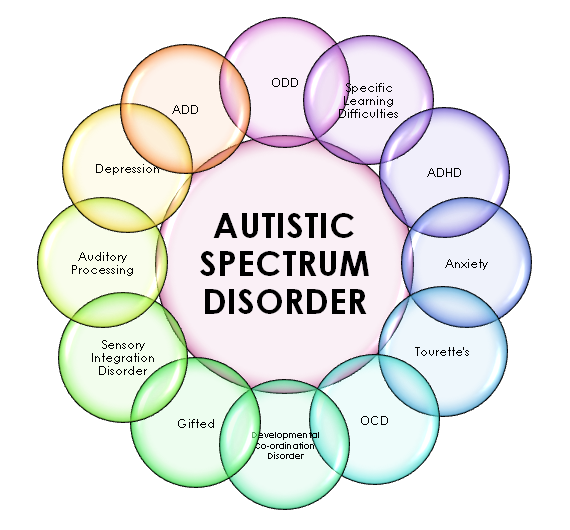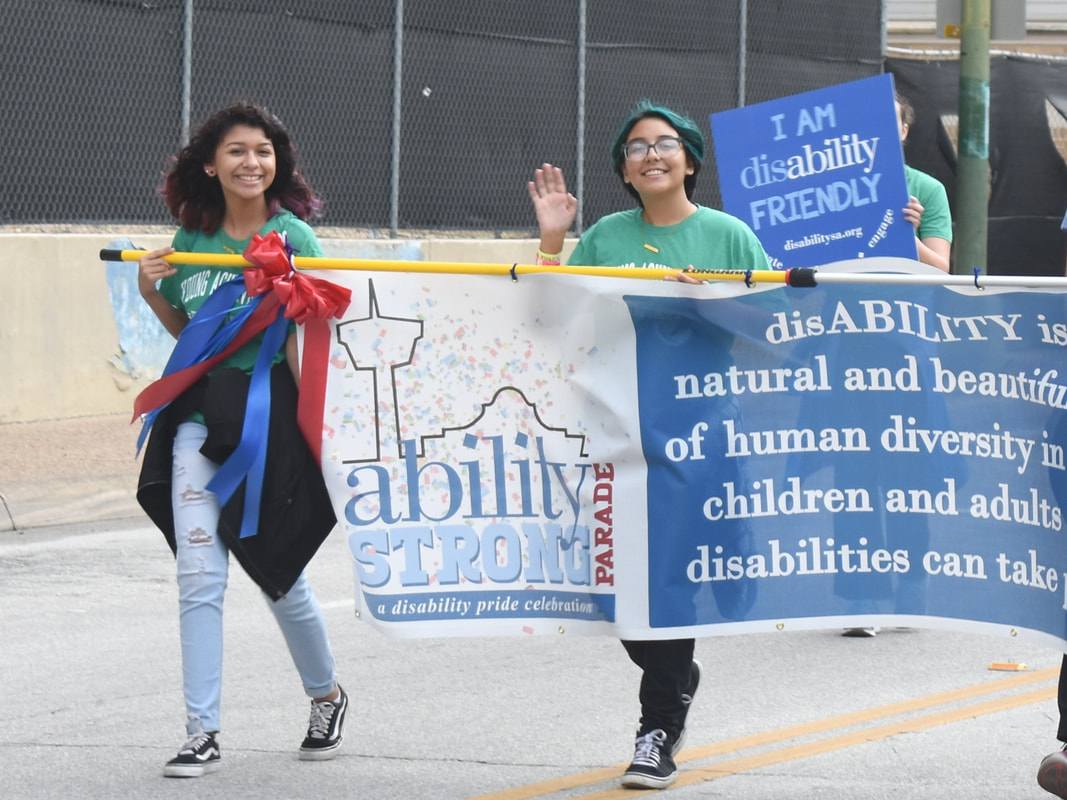Parenting the Anxious Child
It is said that 40 million Americans live with an anxiety disorder, which is more than the occasional worry or fear. We all experience anxiety to some level. Anxiety in children is common when separated from their parents or from familiar surroundings. However there is a type of anxiety that isContinue Reading












